Auguste Racinet
Embark on a chromatic odyssey through time and culture with Auguste Racinet. Whose magnum opus, "L'Ornement Polychrome," offers a kaleidoscopic treasure trove of 19th-century design genius. This French virtuoso, a master of historical fashion illustration, invites you to traverse a vivid landscape where every elegant line tells a story of bygone eras.

Quick view 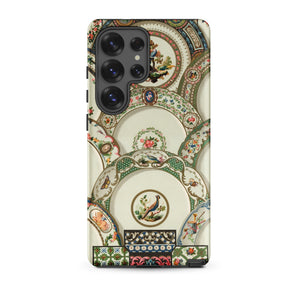
Quick view 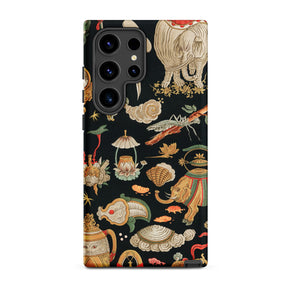
Quick view 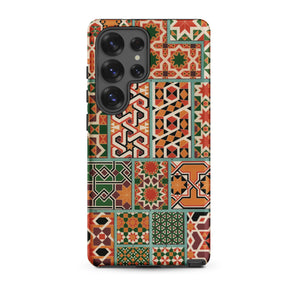
Quick view 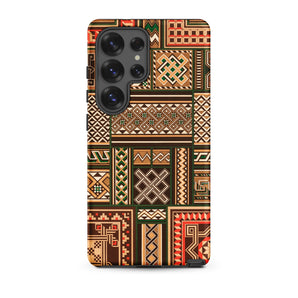
Quick view 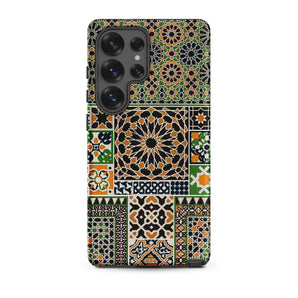
Quick view 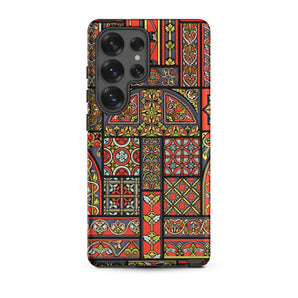
Quick view 
Quick view 
Quick view 
Quick view 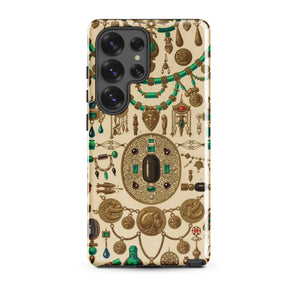
Quick view 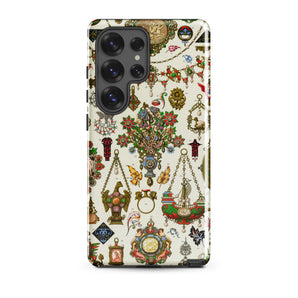
Quick view 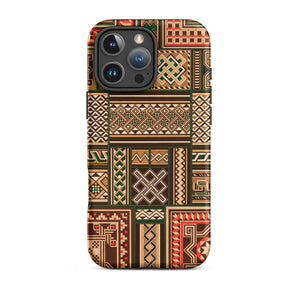
Quick view 
Quick view 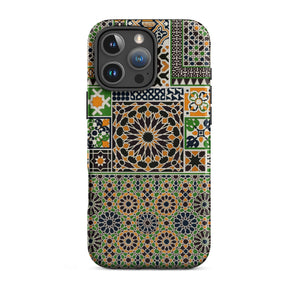
Quick view 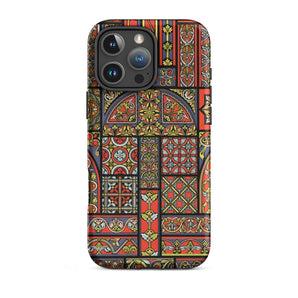
Quick view 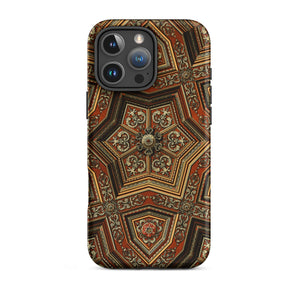
Quick view 
Quick view 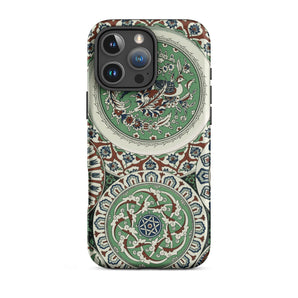
Quick view 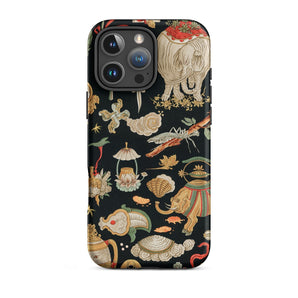
Quick view 
Quick view 
Quick view 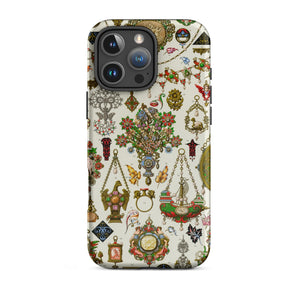
Quick view 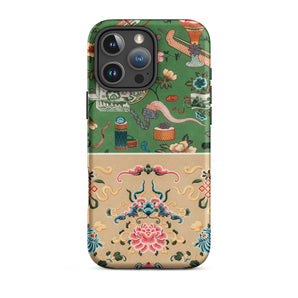
Quick view 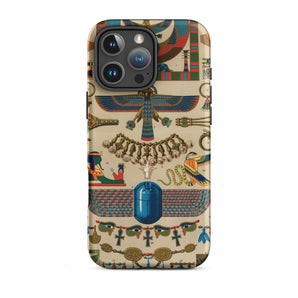
Quick view 
Quick view 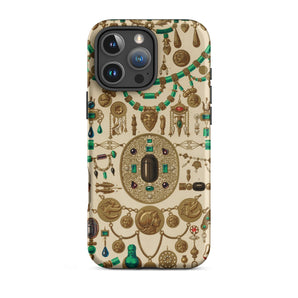
Quick view 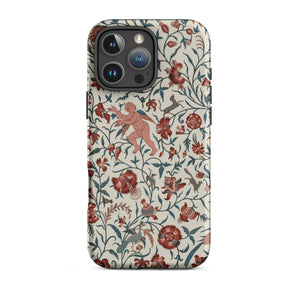
Quick view -
Your Latest Loves
FAQs
About this collection
Step into the boundless world of Auguste Racinet, where ornament is more than mere decoration—it is the lifeblood of civilizations, an unbroken thread connecting antiquity to the avant-garde. L’Ornement Polychrome unfolds like a grand opera of artistry, its pages bursting with chromolithographed tapestries of ancient Persian ceramics, Moorish arabesques, Byzantine mosaics, and the gilded flourishes of Rococo excess. Each motif is a whisper from the past, a cipher of forgotten craftsmanship, reborn through Racinet’s meticulous hand.
From the symmetrical geometry of Islamic tilework to the mythic animal forms of Japanese textile patterns, every plate in this ornamental anthology is a study in adaptation, translation, and reinvention. No culture is left untouched—Egyptian lotus borders, Gothic tracery, Renaissance grotesques, and Chinese fretwork coexist in a dizzying visual symphony. Racinet does not merely document; he deciphers, presenting a universal language of design, one that has shaped architecture, textiles, and decorative arts for centuries.
Auguste Racinet’s meticulous research and artistry were acts of devotion, an attempt to distill the aesthetic heartbeat of civilizations into prints that endure beyond time. His books remain foundational texts, portals to lost ateliers, gilded manuscripts, and the sacred geometry of past cultures.
Racinet's artistic prowess unfurls like a tapestry of global aesthetics, weaving together architectural motifs, textile patterns, and ceramic designs from disparate civilizations into a cohesive visual symphony. His meticulous color lithographs are not mere illustrations; they're portals to lost worlds, each plate a testament to the enduring allure of ornamental art. From the intricate arabesques of Islamic design to the bold geometrics of ancient Greece, Racinet's work is a feast for the eyes and a banquet for the intellect.
This collection transcends mere decoration, serving as a Rosetta Stone for designers, historians, and art enthusiasts alike. Racinet's legacy is not just in the beauty he captured, but in the cultural preservation he championed, creating a timeless reference that continues to inspire and educate.
Whether you're seeking to infuse your space with historical elegance or embark on a scholarly exploration of decorative arts, Racinet's "L'Ornement Polychrome" stands as an unparalleled repository of artistic inspiration, bridging past and present in a celebration of human creativity.
To study Racinet is to witness the entire history of human ornamentation, unfurling in ink, gold leaf, and delicate flourishes of color, ensuring that no motif, no thread, no stroke of artistry is ever truly forgotten.
Where can my order ship to?
Any treasure you find here can be shipped to:
North America
Canada, Mexico, Continental United States
South America
Argentina, Brazil
Europe
Albania, Andorra, Austria, Belgium, Bosnia & Herzegovina, Bulgaria, Croatia, Cyprus, Czechia, Denmark, Estonia, Faroe Islands, Finland, France, Germany, Gibraltar, Greece, Greenland, Guernsey, Hungary, Iceland, Ireland, Isle of Man, Italy, Jersey, Kosovo, Latvia, Liechtenstein, Lithuania, Luxembourg, Malta, Monaco, Montenegro, Netherlands, North Macedonia, Norway, Poland, Portugal, Romania, Russia, San Marino, Serbia, Slovakia, Slovenia, Spain, Sweden, Switzerland, United Kingdom, Vatican City
Middle East & Asia
China, Hong Kong, India, Indonesia, Israel, Japan, Lebanon, Malaysia, Philippines, Singapore, South Korea, Taiwan, Thailand, Türkiye, United Arab Emirates, Vietnam
Africa
South Africa
Oceania
Australia, New Zealand
—
Every package tracked so you can watch your treasure move from A to B to You.
Sent carbon neutral at no extra charge. Helping you gain peace of mind your money's being kind.
Orders to the rest of the world coming as soon as I can!
How much will shipping cost?
Delivery to 60+ countries
Free shipping worldwide — check if we ship to you
When will my package arrive?
USA: 4-9 days • Canada: 5-12 days • UK: 4-9 days • Europe: 5-10 days • Australia: 4-9 days • New Zealand: 5-12 days • Rest of the world: 3-4 weeks
Why the wait? Every treasure you find here is produced after you purchase. So the delivery times include production, quality assurance, thoughtful packaging and shipping. More details on orders and shipping
Every package tracked so you can watch your treasure move from A to B to You.
Sent carbon neutral at no extra charge. Helping you gain peace of mind your money's being kind.
Can I return my order?
1. Open Request
You're welcome to open a return / exchange request within 30 days of your order's delivery. All items for return must be delivered back in their original condition, with their original packaging included.
2. Wait For Approval
Expect a reply within 24-48hr
Once your return's approved, you'll receive the return address, so you can mail items back with confidence. Please wait for approval before mailing anything, to avoid confusion and disappointment.
3. Return Items
Return shipping: You pay for return shipping fees unless you received faulty / incorrect items or they get damaged in transit.
Tracking: Please send your items back with tracking. No refunds can be given for items that aren't received.
On sale: No returns or exchanges for discounted / on sale items unless they arrived damaged or faulty.
Payment method: After your return's approved, you'll be refunded via your original payment method.
...
Learn more about my step-by-step returns process.



























































